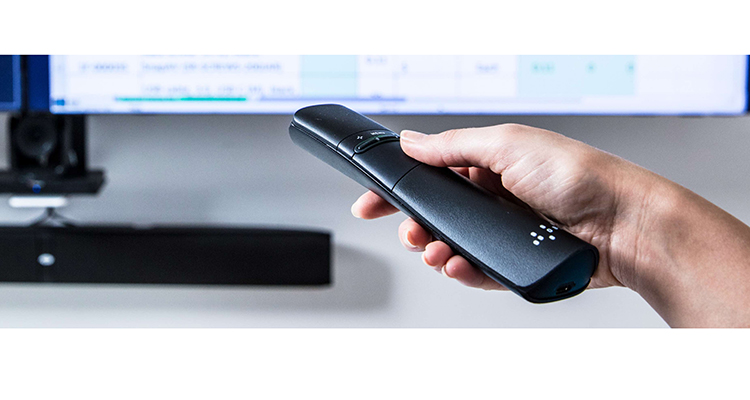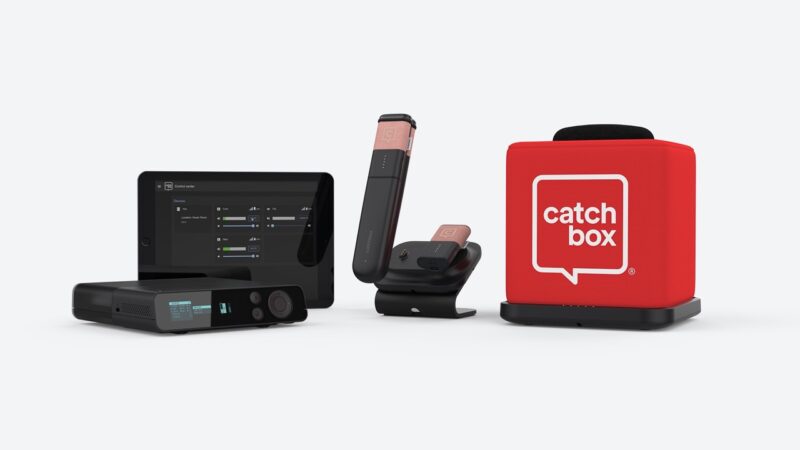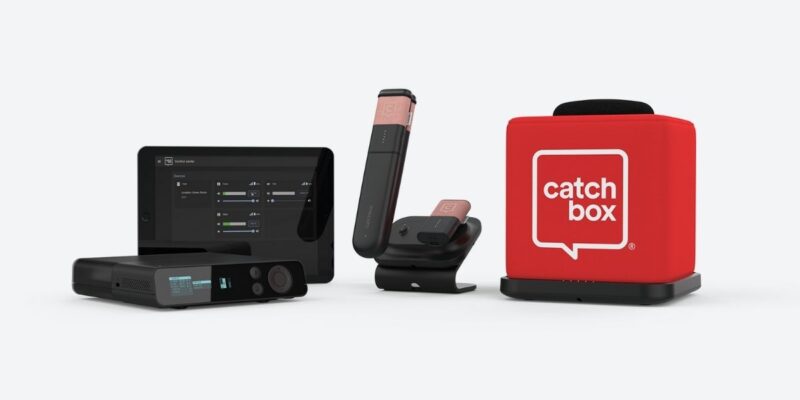On Delightful User Experiences
Some categorize the quality of a user experience as a hierarchy, like this one:
An accessible user interface does its job. You can access and interact with the interface.
A usable interface is one which can be manipulated to achieve a desired result. This doesn’t mean that the result is something of particular value to the user.
Useful interfaces should be the lowest level we seek to achieve — something which cannot only be accessed and create a result, but for that result to be of value. This is the first step in which we ask “why” rather than merely “how.”
The next levels, desirable and delightul are on another plane entirely and one in which we in the AV industry rarely reach. There are ways in which I’ve seen conference and presentation room design ascend from being merely useful to being desirable, but that’s a topic for another day. Today I want to talk about two different products that one remembers.
I want to talk about one path to create AV user experiences that I find to be delightful — to merge the physical and the digital. I’ll also talk briefly about risks therein, and why one user’s delight is another’s despair.
 We’ll start high-tech, with Oblong Mezzanine. For those who don’t know, Mezzanine is a multi-display, multi-input local presentation and remote collaboration tool. While much of their justification for the relatively high price tag is the utility of allowing multiple presenters to share content, that isn’t what people remember.
We’ll start high-tech, with Oblong Mezzanine. For those who don’t know, Mezzanine is a multi-display, multi-input local presentation and remote collaboration tool. While much of their justification for the relatively high price tag is the utility of allowing multiple presenters to share content, that isn’t what people remember.
What they remember is the wand.
In its present iteration, the wand is roughly the size and heft of a controller from a Nintendo Wii console, which is essentially what it is. There are accelerometers inside to sense when it is being moved and an IR sensor to let it know where it’s pointing. This isn’t, of course, about the hardware.
What it’s about is that everyone says “wand” rather than controller, because it feels like a magic want.
At a recent demonstration of the Mezzanine product, I asked to present my laptop to see how the experience would be for a wireless user. It was easy enough to navigate to a URL, download a client and use a persistent bit of software to turn on and off screen mirroring. It was a useful user experience.
Then I grabbed one of the wands.
Within moments, I could click and hold a button to drag different presenters’ content from screen to screen. Move my hand back and it zoomed out. Move forward to zoom in. Flick it from one display to another. It was usable in that I could operate it, useful in that arranging and focusing on different presentations could help highlight and compare various sources of data.
It was more than that though; it was delightful in that it was a fun and pleasant way to interact with an AV system. It felt like something you’d see in a movie based on a Philip K Dick story.
It was something you’d remember.
I saw another delightful bit of AV technology during a client visit last month. While discussing the challenge of placing microphones in a multi-purpose training room, the client’s eyes lit up with clear excitement as they told me they had one solution. From a credenza they brought forth a white cardboard box, cubical in shape and just over seven inches on a side. Inside, of course, was a blue foam cube with a black cylinder embedded on one side and the client’s logo on its face. This was my turn to be excited; I’d sadly not gotten to see the product in person, and might have said something like, “Neat! You have a CatchBox!”
 When one of my colleagues asked what it was, I couldn’t resist yelling “Catch!” and lobbing the thing across the room to them. That, of course, is what CatchBox is — a protective and easily handled shell in which to place a wireless microphone transmitter to allow it to be safely thrown across a room from user to user.
When one of my colleagues asked what it was, I couldn’t resist yelling “Catch!” and lobbing the thing across the room to them. That, of course, is what CatchBox is — a protective and easily handled shell in which to place a wireless microphone transmitter to allow it to be safely thrown across a room from user to user.
Why do I find this a delightful user experience? Again, it’s memorable. It’s tactile. It’s fun. Our meeting paused while the group of us tossed it back and forth, saying a few words into it each time. It’s a physically well-designed object, weighted nicely for an easy throw, large and yielding enough to easily catch. Durable enough that it doesn’t matter if you drop it.
What do you think users will more remember: The meeting in which they queued up to take turns speaking into the microphone on a stand, the handheld passed around the room, or the bright foam box they got to toss around like a beachball?
Another delightful thing.
I opened this piece warning that there are risks herein and do need to acknowledge that. Why did I find these experience delightful?
Because I like tactile things. Because I’ve never had shoulder surgery, so waving a wand doesn’t stress my body. Because I have a healthy back, so making a quick stretch to reach and catch something isn’t painful.
Because I am able-bodied enough that the first level of a user experience — accessibility — is never an issue for me.
Think of someone different. Someone with a bad back, who’d hurt themselves flinching to reach and over and catch it. Someone in a wheelchair, who couldn’t stand to make a catch. Someone with chronic pain, who would quickly grow uncomfortable manipulating a wand, even if it isn’t all that heavy.
This is something we all need to keep in mind — especially those of us who do not suffer any disabilities in our everyday lives and take for granted our lack of limitations. If we move too far towards the physical, we will exclude parts of our audience, creating for them an experience which is frustrating, painful and difficult.
Should we take delight in tactile user experiences? Absolutely. When doing so, however, we need to remember those who can’t enjoy them the same way, and create accommodations for them.
Enjoy those things you can, but always be mindful of those who can’t.





